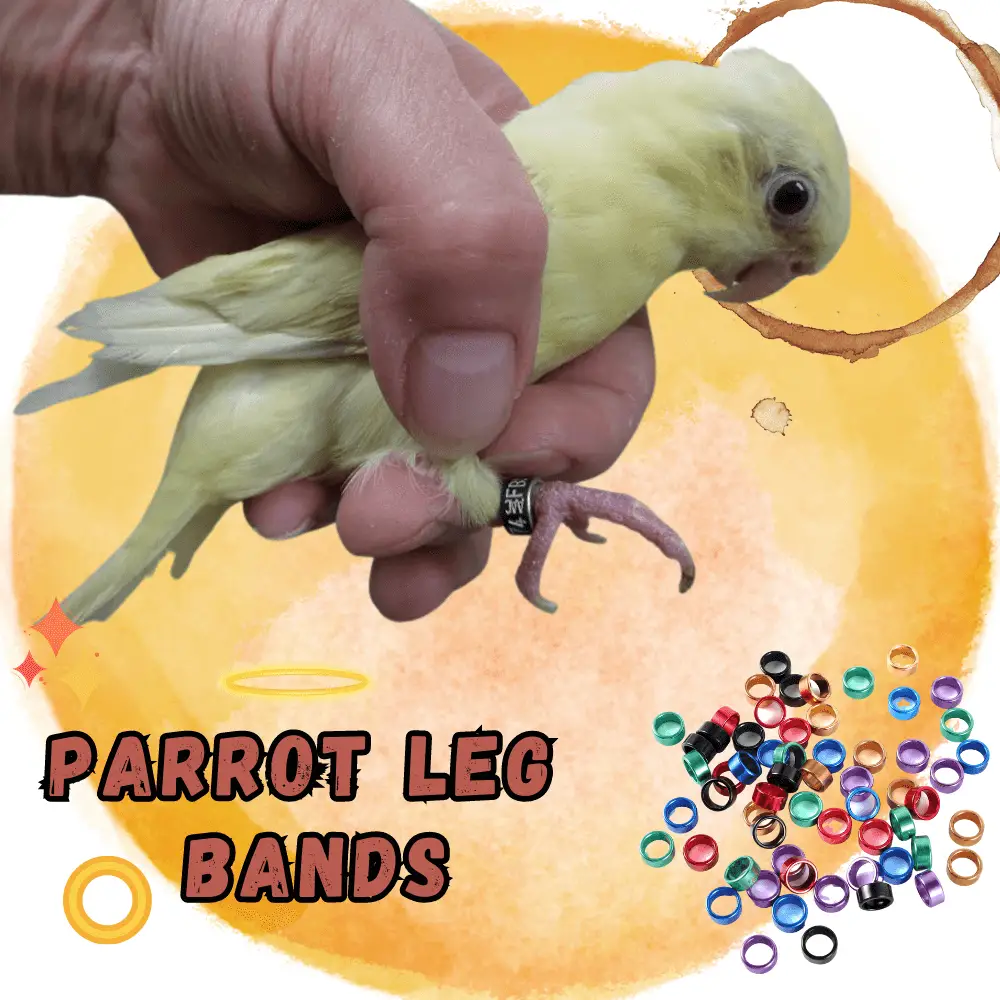Parrot Leg Bands: A parrot ring is a small ring that is slipped along the tarsometatarsus of the bird. As there are birds of all kinds and sizes, the rings come in several diameters, so that they do not hurt the bird.
There are two types of rings: closed rings and open rings.
Closed rings
These are rings that we put on the chicks when they are small enough to be able to slip like a bracelet around their feet. They are made of stainless steel, aluminum, or polycarbonate (for park birds). They can be metallic or colored depending on the year. Here is the color scheme for the coming years:
A closed ring is the identity card of the bird, because it is put on it a few days after its birth, and cannot be removed unless it is cut. It gives information on the bird and its breeder and guarantees that the bird is indeed from breeding, and not captured in nature or imported by traffickers.
All species of psittacines that are not included in the official list of domestic species must be ringed closed with approved standard rings. Find out about the species you want to breed to find out if you will have to join a club to provide you with approved standard rings. A closed ring can also allow you to find your pet parrot if it is lost because the federations engrave a standardized code on it, to make them identifiable in their registers.
How to ring closed?
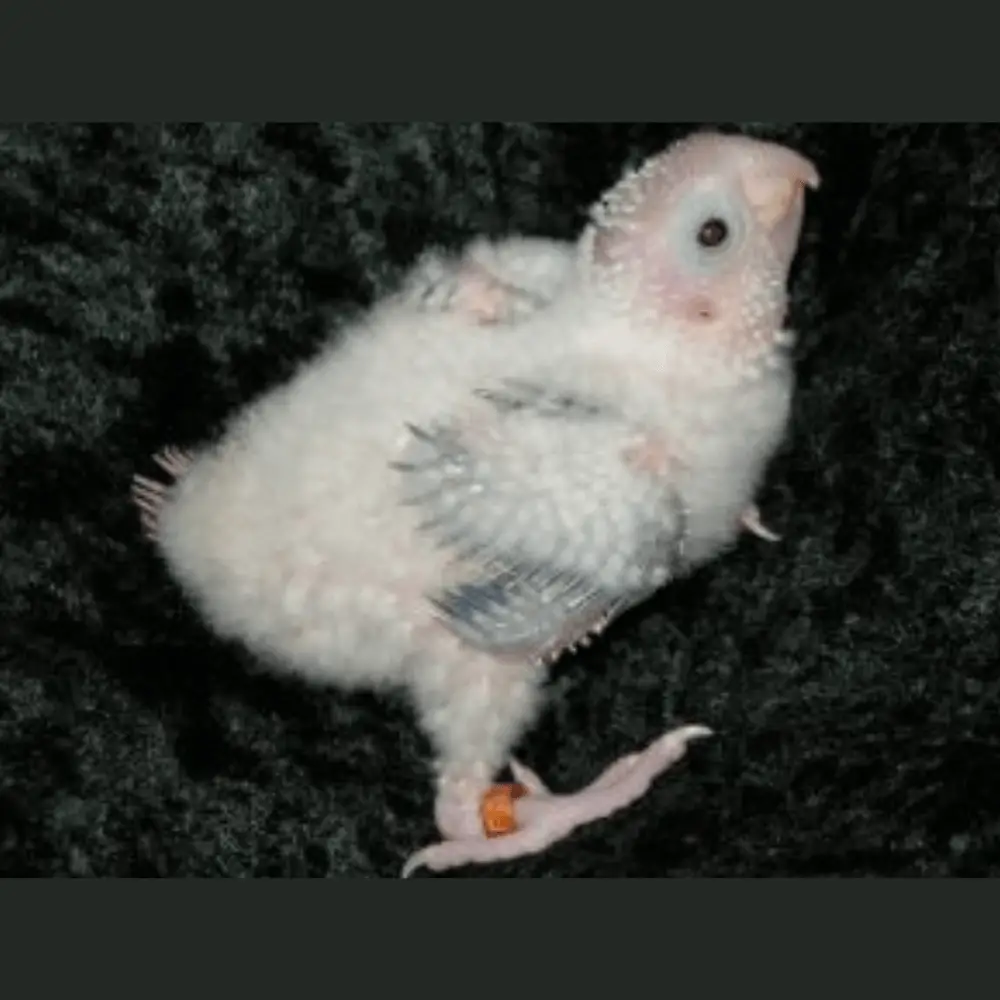
Bring the two front fingers and the longest back finger forward. Slip the ring around and pull it up just before the tibia (the ring should not pass over the tibia). The last little finger is then stuck by the claw in the ring. It must therefore be released with a small blunt toothpick-type stick or a small branch. Then all you have to do is make sure it slides well, and you’re done!
What to do if you find a closed-banded parrot?
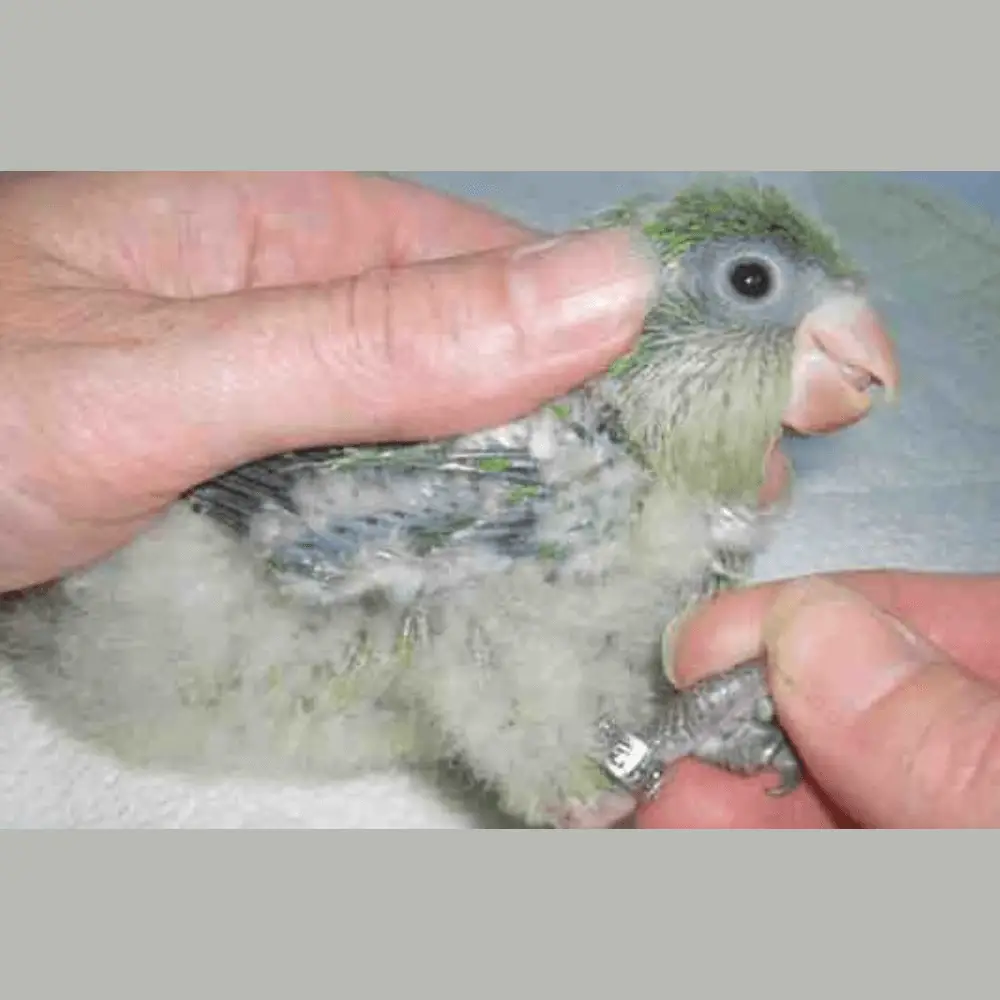
The idea is to read the ring to know which club or federation produced the ring. You must then contact her to communicate the full number of the ring. The club/federation can then find and contact the breeder who banded this bird, who can give them the contact details of the owner if they keep their records correctly.
Attention, pigeons, raptors, and park birds may have bands from other federations than those for Psittacidae, in this case, do not hesitate to contact an avian veterinarian or the LPO in your region for more information.
How to read a closed ring?
The top ring is an unrolled ring whose diameter is between 1.8 and 2.7mm.
The ring below is the unfolding common to all rings over 2.7mm.
F: corresponds to the breeder’s country of origin, here France.
18: corresponds to the diameter of the ring in mm, here 18mm.
12: corresponds to the vintage, the year of creation of the ring, and therefore the year of ringing and birth of the bird, here 2012
001: corresponds to the serial number of the ring, here ring number 1.
XXX: corresponds to the three letters of the federation that provided the ring, it can be CDE, UOF, FFO…
U195: corresponds to the breeder’s unique number, consisting of a letter and a three-digit number.
Open rings
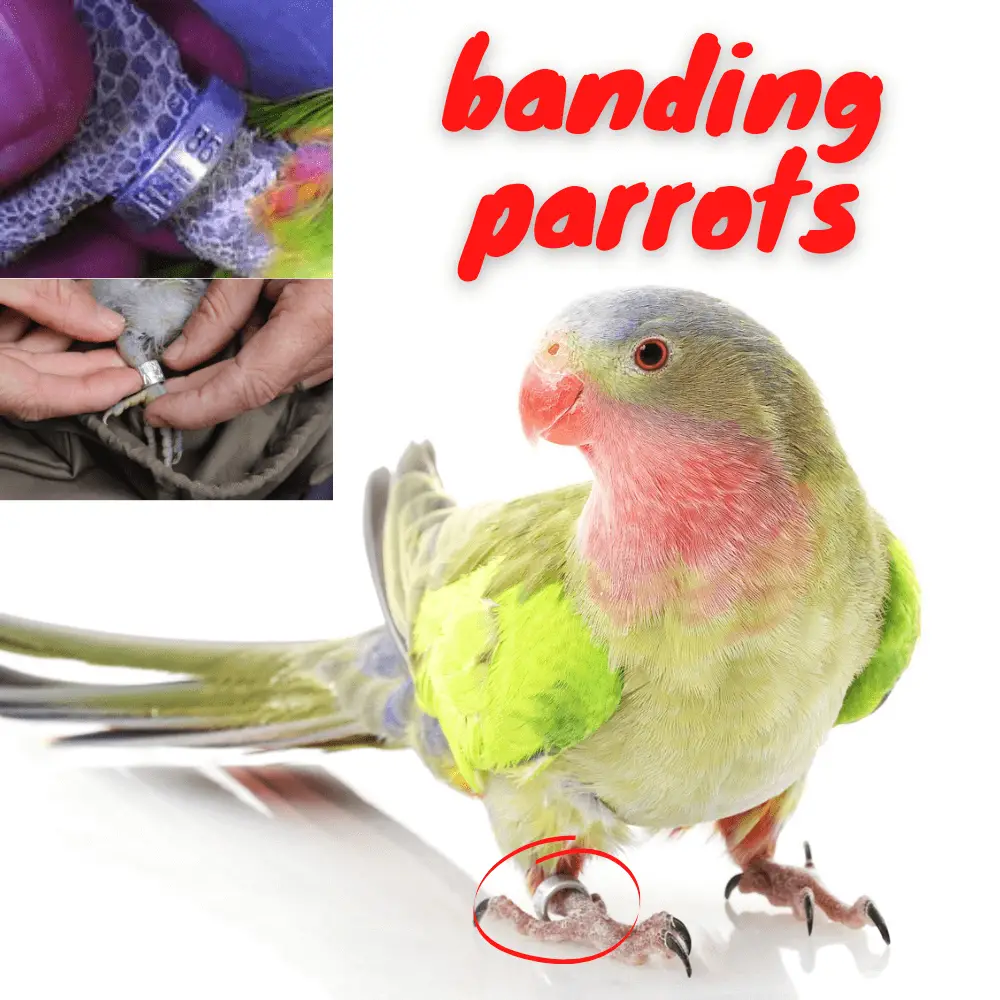
These are split rings that are spread to place it around the leg, and then close it. The smaller rings have simple wings, while the larger ones can be “locked” with a flap over the wings. They are made of aluminum or plastic and are multicolored.
They are sold in strips, and only have one serial number, from 1 to 10 or 1 to 20 depending on the number of rings on the strip. Some sites offer open aluminum rings that can be engraved and personalized. Open rings have no legal value, even personalized ones. They are also available in several diameters.
The main advantage of open rings is that they can be placed at any age of the bird, and their wide range of colors makes them good identifiers. For example, they can be used to differentiate males from females, broods between them, mutants and carriers of such, and such a mutation…
How to ring
To place an open ring, simply pull it aside, slide it along the tarsometatarsus (and not on the tibia as shown for simplicity in the video) and close it. Small rings can be pinched with fingers, while larger ones will be locked with pliers.
What to do if you find an open-banded parrot?
Alas, in this case, the ring will not help you identify the bird. However, you can always put ads on the net or in local newspapers, without specifying the presence of the ring. Only the real owner will be able to tell you that the bird had an open ring and what color it was.
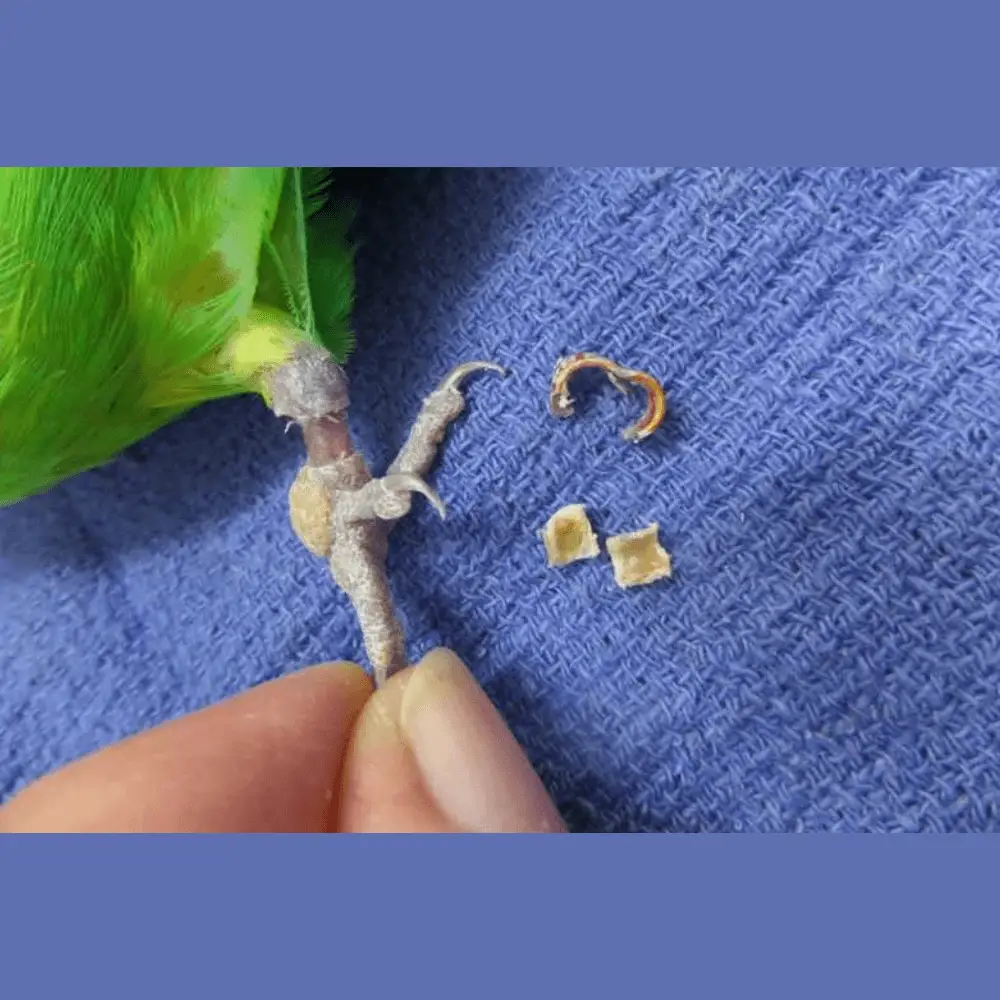
The rings, closed as open, can sometimes represent a danger. Indeed a bird can get its ring stuck (in a toy for example) and dislocate or fracture a leg while trying to free itself. Another example is if an infection or swelling of the paw happened, the ring would immediately turn into a tourniquet, preventing the proper circulation of blood, and possibly becoming embedded deep in the flesh if the problem is not quickly detected.
It will be the same with a ring of an unsuitable and too-small diameter. This will also be the case with a ring that is too loose, which can slip over the leg joint and lodge on the tibia, thus directly compressing the leg muscle and possibly causing injury.
It is therefore advisable to be careful when a bird has a ring. Not that you should panic and have it removed immediately (although many veterinarians recommend it, especially with open rings which have no identification value and which are easily removed), but it is better to think to check regularly that no particle has passed under the ring that could cause irritation (a piece of seed for example). Moreover, as soon as the bird is acquired, and throughout its life thereafter, it is advisable to ensure that the ring is large enough and that it rotates freely around the leg.
If, however, a problem should arise, thanks to this regular monitoring, you will be able to intervene immediately and cut the ring with a specific ring scissor:
If these scissors are available for sale to the general public, they are practical for cutting rings of very small diameter such as those of exotics and canaries, but for larger rings, it is better to leave a veterinary! Improper handling could seriously injure the bird.
SOURCE: Love Your Parrot

